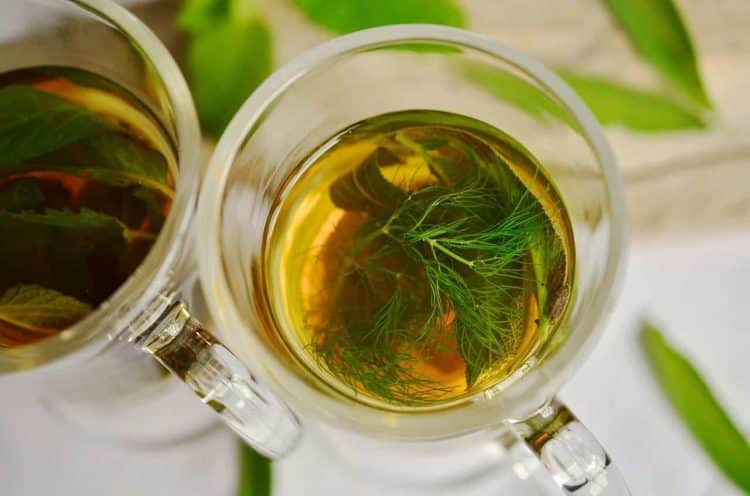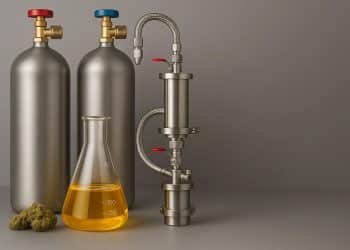Isolating botanical compounds is critical for both medical and research purposes. Depending on what needs extracting, whether it is polar or nonpolar, will determine both the solvent and the extraction method. [1] Water is the most common solvent to extract polar compounds. It is cheap, non-toxic, non-flammable, and it can be used as solvent for different extraction techniques.
Maceration, Infusion, and Percolation
Maceration, infusion, and percolation are all forms of passive extraction. These systems require less energy to succeed, but they require more time.
Maceration is the process of soaking botanical material in water. [2] The process can take several days and kinetic energy of stirring or shaking can expedite the process. Infusion works on similar principles, but relies on temperature manipulation instead of kinetic energy: heat increases the extraction rate and the overall yield. [3] Visualize a pot of tea as an example of infusion. Percolation is another way to extract active compounds from plants. [4] After a certain amount of time of maceration the solution is put into a percolator, or filter, where the force of gravity pushes the extracted material through. The procedure can be repeated in oreder to increase the amount of extracted substa
Soxhlet Extraction
Water can be used in Soxhlet extraction, even if it should be heated up to 100 °C in order to start refluxing and thermolabile compunds could be damaged. Plant material is placed in an extraction chamber and it is then extracted with the refluxing solvent. When the extraction chamber is almost full the excess of solvent is siphoned off, leaving back the concentrated substances. In comparison to the above mentioned methods, this process collects the maximum amount of active ingredients in the least amount of time and with less solvent. [5]
References:
[1] Pinigis, A. Polar vs. Non-Polar Bonds & Molecules. ChemTalk. (2022) from https://chemistrytalk.org/polar-vs-non-polar-bonds/
[2] Zhang, Q. W. et al. Techniques for extraction and isolation of natural products: a comprehensive review. Chinese Medicine, (2018); 13(1). https://doi.org/10.1186/s13020-018-0177-x [Journal impact factor = ] [Times cited = 863 ]
[3] Singh, J.Maceration, Percolation and Infusion Techniques of Extraction of Medicinal and Aromatic Plants (MAPs) (2022); Central Institute of Medicinal and Aromatic Plants (CIMAP), Lucknow, India.
[4] Azwanida, N. N. (2015). A Review on the Extraction Methods Use in Medicinal Plants, Principle, Strength and Limitation. Medicinal & Aromatic Plants, 04(03). https://doi.org/10.4172/2167-0412.1000196 [Journal impact factor = 0.33]
[5] Abubakar, A., & Haque, M. (2020). Preparation of medicinal plants: Basic extraction and fractionation procedures for experimental purposes. Journal of Pharmacy And Bioallied Sciences, 12(1), 1. https://doi.org/10.4103/jpbs.jpbs_175_19 [Journal impact factor = 1.26 ] [Times cited = 192 ]
Image: https://pixabay.com/it/photos/t%c3%a8-alle-erbe-erbe-aromatiche-t%c3%a8-1410584/












